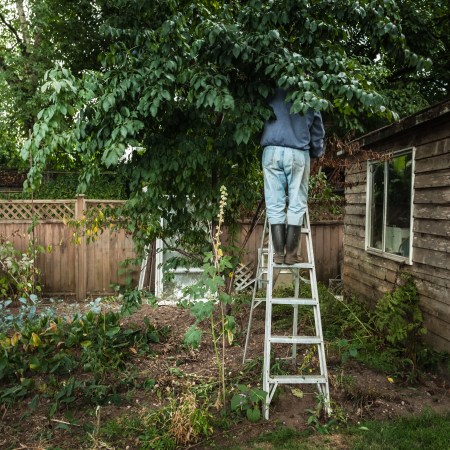Fact: Regular trips to the bathhouse are good for you.
Masters of the ritual claim lower stress, clearer skin and even improved brain health.
If you don’t know what you’re doing, you risk walking around naked and confused.
That’s why we spoke to Caroline Smith and Sunny Simmons — the folks behind Onsen, the city’s snazziest bathhouse — about what to wear, what not to wear and the etiquette of co-ed onsen mingling.
InsideHook: What are the ground rules for what to wear — nothing? Something?
Onsen: Male bathing days are clothing optional, and female days are clothing optional. The rest of the days are co-ed, and bathing suits are required.
IH: Do people ever get it wrong?
O: On co-ed days, there can be some confusion about swimsuit requirements. This usually occurs when a guest is more familiar with other bathing cultures that do not require — or allow — bathing suits in a communal bath. [Editor’s note: This is basically every culture but ours.] In these situations, we provide bathing suits for guests.
IH: When you say in your guidelines that guests should be “social but respectful” — can you break that down a bit? How do you know when your attention and participation is welcome, and when it’s not, especially when everybody’s in their swimwear?
O: The atmosphere varies based on the night and crowd. Sometimes our bathing space can be loud and social, and other times it’s quiet, and everyone keeps to themselves. We encourage guests to keep their voices at the same volume or below that of others around them.
Each “turn” — or 1-hour and 45-minute time slot — that a guest books is unique because of the other guests that they are booked with. We’ve had a guest come on a women’s day, which is usually very quiet, and then return on a co-ed day that’s very loud in comparison. We don’t generally police the noise level, but try to communicate the importance of being considerate of others.
IH: Clearly some people are just going to want to soak — but if you’re looking for more of a ritual, what do you recommend?
O: Our suggestion is to shower off, visit the dry sauna for a length of time to start sweating, and then the cold plunge shower. This is important for not getting overheated, and also for rinsing off the sweat before entering the communal bath. After the cold plunge, we recommend soaking in the communal bath to heat back up. Once warm again, we suggest another cold plunge, followed by a visit to the steam room. Our steam room is very hot, so we always recommend taking deep breaths and only remaining in the steam room briefly. That said, some people have greater tolerances and will stay in a lot longer. After a steam visit, another cold plunge and then soaking back in the bath. We provide tea and water, as it’s important to stay hydrated throughout the entire experience.
IH: Can you tell us a bit about the benefits?
O: The most important benefit is increasing circulation, which is achieved by the “shock” of being very hot and then very cold — this is in part called contrast hydrotherapy. In Chinese medicine, stagnation creates pain and disease. By increasing blood circulation and breaking up stagnation, contrast hydrotherapy can help ease muscle tension, assist the heart muscle, decrease fatigue, assist lymph circulation, and improve immunity and mood.
Images: Raquel Venancio
This article was featured in the InsideHook SF newsletter. Sign up now for more from the Bay Area.





















